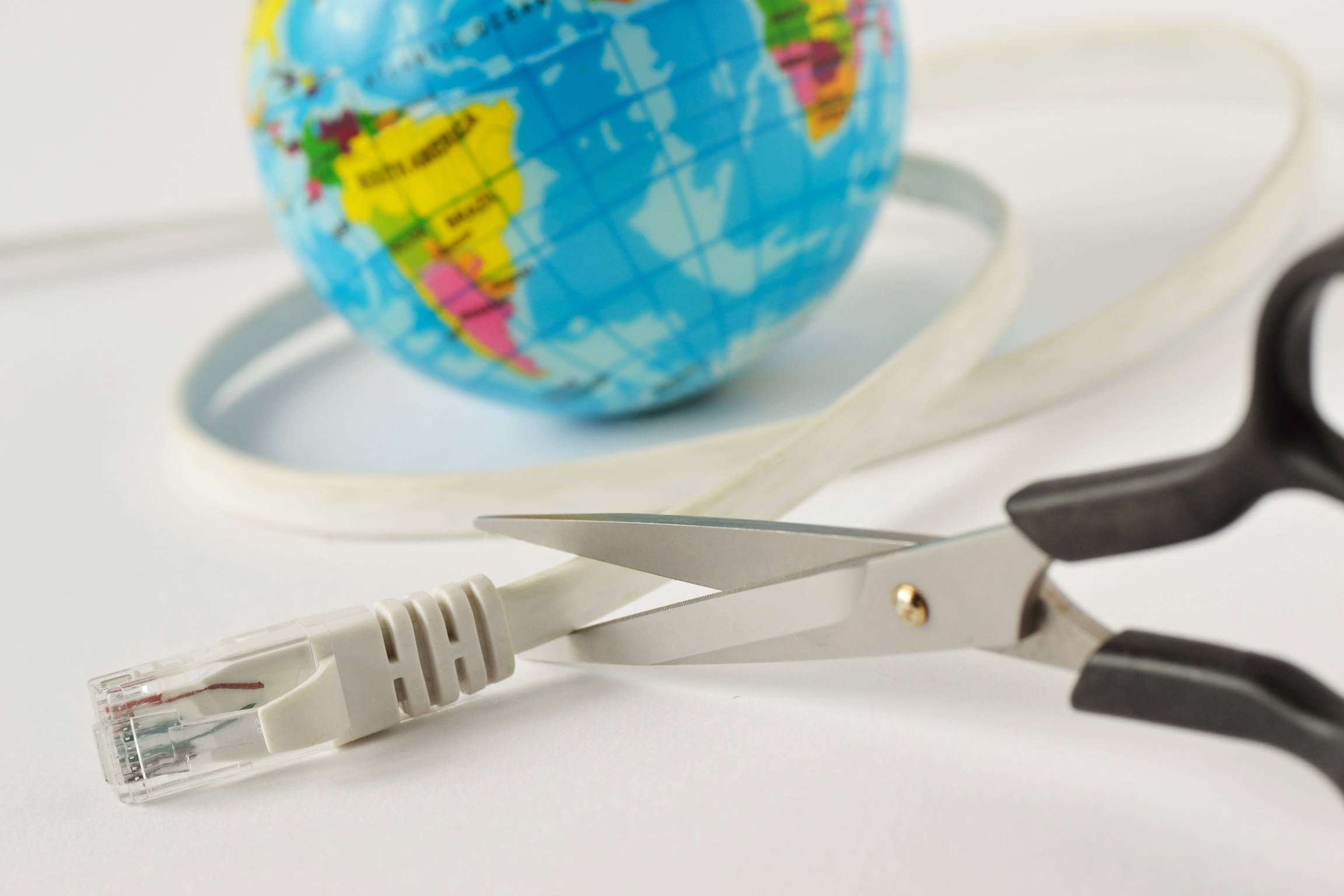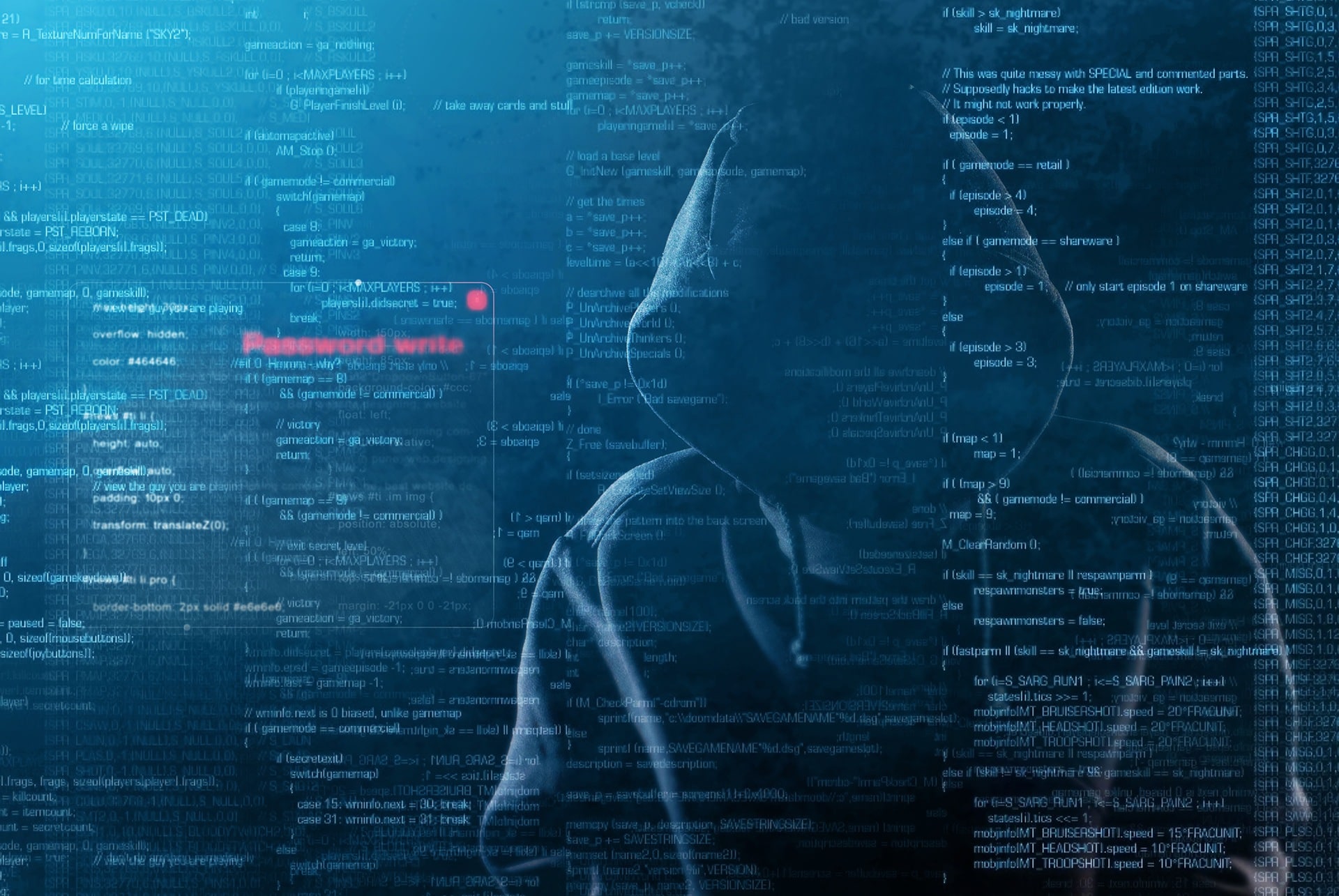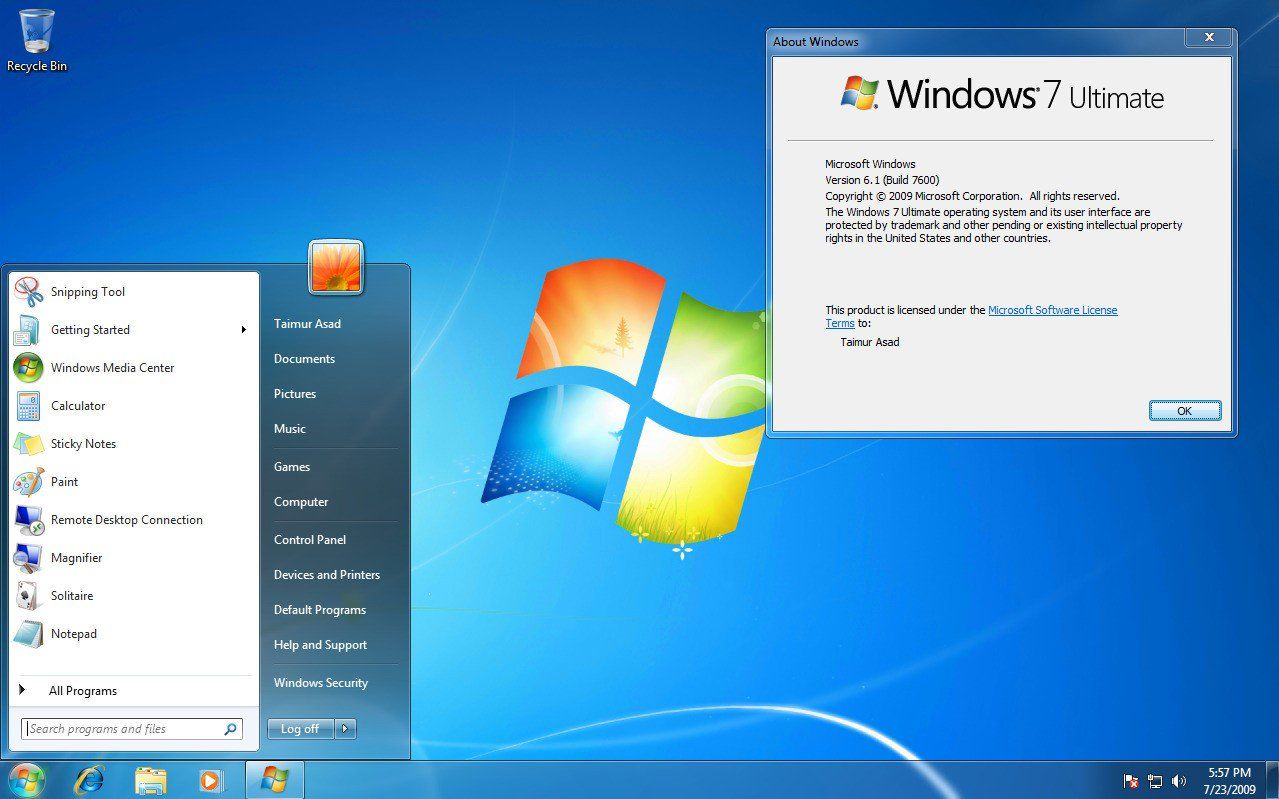The week of June 14th, 2021 saw many applications and websites suffer from an internet outage. This, consequently, created considerable problems for many organizations that used these services. Businesses suffered from continuity issues, but perhaps the biggest takeaway is just how vulnerable the Internet really is to these kinds of issues. What happened, exactly?
A Small Firm’s Challenges Created Significant Ripples Online
Fastly is a firm that provides a content delivery network for several influential websites. This service basically supports a network of duplicate servers across 26 countries around the world. Thus, allowing websites to store data and content on them. If a user is closer to the location where the data is being stored, it can be accessed faster. This is the whole point of using Fastly–to ensure that users don’t have to wait too long for their news. On June 10th, however, several of these websites and applications went down. These websites and applications were ranked as some of the most popular on the web.
The internet outage was resolved quickly, but not quickly enough. It still created considerable issues for businesses and cost millions of dollars. These damages were caused by a 75 percent decrease in traffic for a full hour, which is pretty shocking. Due to the nature of these services, the affected websites were unable to switch to alternative services. Doing so would have required a fair amount of preparation and would be quite a complicated process. We can glean some valuable insights from this scenario, particularly in how the Internet is structured and the concerns that lie therein.
The Concerns Underlying the Modern Internet
A content delivery network might help to provide content delivery systems with more content. However, there are issues that come from using a CDN. These types of services are quite popular online, but since they rely on a central server to supply the information, anything that would render that server unable to work would make that content inaccessible. It’s just like any other cybersecurity issue that might affect a centralized server. CDNs might offer greater speeds compared to the traditional infrastructure that would otherwise be used to distribute content, but the advantages are not without their drawbacks.
It also does not help that the software specifications that make the Internet what it is today can disrupt billions of devices should they become vulnerable. Since most issues encountered by the Internet are smaller in scope, tools like machine learning are being used to troubleshoot and identify the root causes of these internet outages.
That said, not all organizations utilize a CDN, and many use cloud computing services for this particular need. With all this in mind, many businesses are not immune to the challenges of another internet outage, particularly from major cloud providers like Amazon Web Services, Microsoft, and Google. These create challenges for businesses that rely on these services.
We don’t want this fear to be an argument against cloud services. Instead, use it as an opportunity to understand the risks and concerns involved with its use. 4Corner IT can help you determine what your specific needs are and how your IT can address them. To find out more about how your business can use the cloud and other technology to augment its processes, reach out to us at (954) 474-2204.





